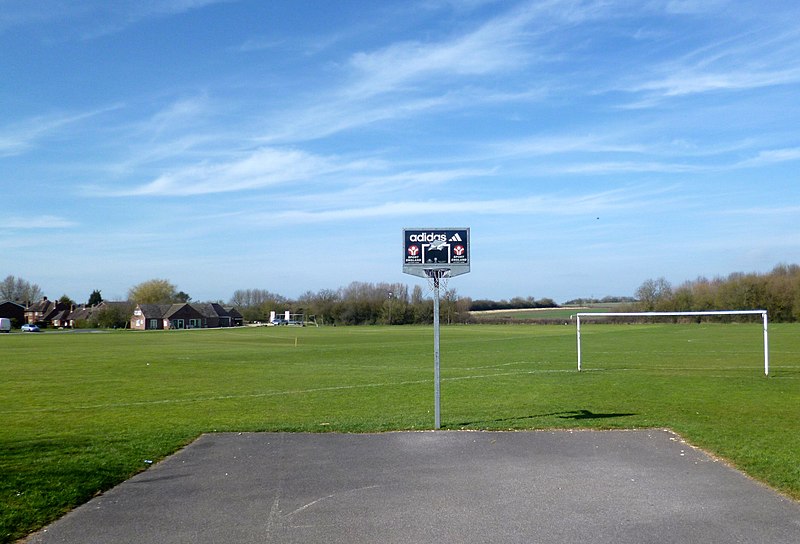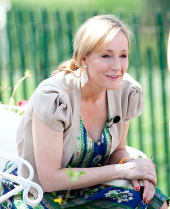
Sport England has announced a significant shift in funding allocation, described as "one of the most substantial reconfigurations in decades," with £250 million being redirected towards
disadvantaged areas grappling with high levels of physical inactivity over the next five years.
This investment, sourced from existing budgets, is aimed at addressing the "glaring disparities" preventing people from engaging in sports in 80-100 local communities.
Furthermore, recent research has revealed that the most active areas in England exhibit nearly double the activity levels (81%) compared to the most impoverished regions (43%). It also demonstrates that a person's lifespan can differ by up to nine years depending on their place of residence.
Presently, one-quarter of adults in England are classified as inactive, with more than 11 million individuals engaging in less than 30 minutes of physical activity per week. Statistics indicate that 53% of children and young people fail to meet the recommended daily activity duration of at least 60 minutes.
Sport England has been piloting 'Local Delivery Pilots' in 12 of the country's most underprivileged and least active communities.
Tim Hollingsworth, the CEO of Sport England, commented, "Equitable access to sports and physical activities in England remains elusive. People in low-income communities often lack the same access to facilities and opportunities as those in wealthier areas. This is blatantly unfair and must be treated as a top priority. This is why our expanded Place Partnership program will unabashedly focus our resources and efforts on communities that require the greatest support and face the most significant disparities."
Three months ago, the government launched an initiative with the objective of getting an additional 3.5 million people actively involved in physical activities by 2030, including one million children.
Sports Minister Stuart Andrew MP remarked, "This £250 million investment from Sport England will help make that a reality. This targeted place-based funding provides better access to quality activities and clubs for people of all ages in the areas of the country that need it the most."
Nonetheless, concerns regarding the state of leisure facilities, declining levels of sport and physical education in schools over the past decade, and the impact of the cost of living crisis on people's ability to exercise have led many to advocate for a comprehensive overhaul and increased investment in the sector.
Andy Taylor, Chief Executive of Active Partnerships, expressed, "Focusing on 80 to 100 places is commendable, but it's just the beginning. We need to expand our efforts and involve organizations and departments working together toward a common goal. Investment is crucial, but our system must also be efficient. We require a long-term plan with a vision from the national government for a healthier nation. Addressing NHS waiting lists is essential, but we need to look earlier and adopt a long-term approach."
New research from the charity Sported indicates that over 90% of its 3,000 community groups across the UK are apprehensive about the impact of current economic pressures on their organizations. Sixty percent of group leaders reported encountering young people who cannot afford to participate in activities, and more than half have witnessed a decline in participation or disengagement from sports and physical activities.
The House of Lords Sport and Recreation Committee has recommended a radical transformation of sports policy, suggesting that responsibility for sports policy should shift from the Department for Digital, Culture, Media, and Sport, with the appointment of a new minister for sport, health, and well-being. It also called for physical education to become a core national curriculum subject in schools and advocated for a new statutory requirement for local councils to provide and maintain facilities for physical activity. Photo by Multi Sport Village Green by Des Blenkinsopp, Wikimedia commons.







































